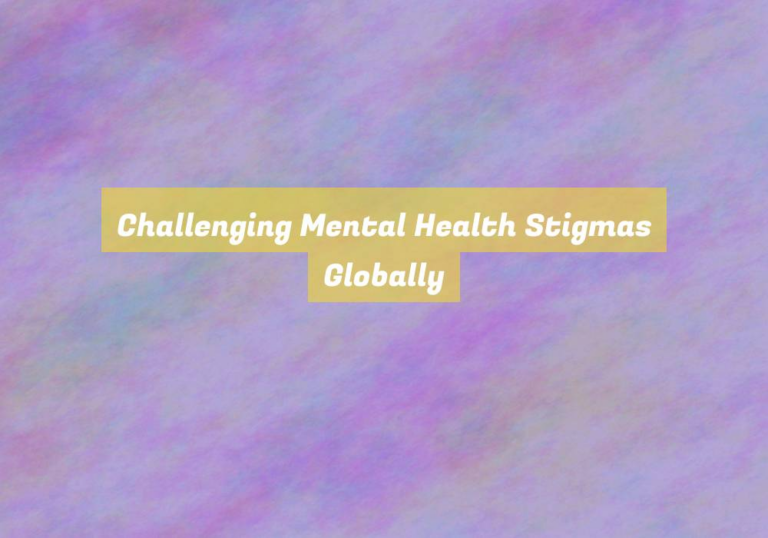Proper Food Handling: Safety in the Kitchen
In the kitchen, itG??s often said that an ounce of prevention is worth a pound of cure when it comes to food safety.
But did you know that proper food handling goes beyond just washing your hands before cooking?
The way you shop for groceries, prepare, and store your food plays a crucial role in keeping you and your loved ones safe from foodborne illnesses.
Stick around to uncover the essential practices that will ensure the safety of your kitchen and the meals you prepare.
Importance of Proper Food Handling
Proper food handling is essential for ensuring the safety and well-being of you and your family. By following basic food safety practices, you can prevent foodborne illnesses and keep your loved ones healthy.
Washing your hands before and after handling food is crucial in preventing the spread of bacteria and viruses.
Cross-contamination, where harmful microorganisms are transferred from one surface to another, can be avoided by using separate cutting boards for raw meat, poultry, and seafood.
Cooking food to the appropriate internal temperature is also vital for killing any harmful bacteria present.
Refrigerating perishable foods promptly helps to slow down the growth of bacteria, reducing the risk of foodborne illnesses.
Additionally, proper food handling in the kitchen extends to storing and reheating leftovers. ItG??s important to refrigerate or freeze leftovers within two hours to prevent bacteria from multiplying.
When reheating leftovers, make sure they reach an internal temperature of 165-?F to ensure theyG??re safe to eat.
Best Practices for Food Shopping
When shopping for food, always check the expiration dates and inspect the packaging for any signs of damage or tampering. ItG??s crucial to ensure that the products youG??re purchasing are fresh and in good condition. Look for expiration dates to make sure youG??re buying items that havenG??t surpassed their shelf life.
Additionally, carefully examine the packaging for any tears, dents, or leaks that could indicate potential contamination. When selecting fresh produce, such as fruits and vegetables, give them a gentle squeeze or a sniff to assess their ripeness and quality. For packaged goods, check for any unusual odors or discoloration.
ItG??s also important to be mindful of the storage and handling of the items while you shop. Avoid cross-contamination by separating raw meats, poultry, or seafood from other food products in your shopping cart.
Safe Food Preparation Techniques
To ensure safe food preparation, always wash your hands thoroughly with soap and warm water before handling any food items. This simple step is crucial in preventing the spread of harmful bacteria and viruses to your food. Additionally, make sure to clean and sanitize all utensils, cutting boards, and countertops before and after each use. Cross-contamination can occur if these surfaces arenG??t properly cleaned, leading to foodborne illnesses.
When preparing raw meat, poultry, or seafood, itG??s important to avoid contact between the raw juices and other ready-to-eat foods. Use separate cutting boards and utensils for these items, and wash your hands after handling them. Cooking these foods to the recommended internal temperatures is also vital in killing any harmful pathogens.
Furthermore, be mindful of proper food storage and refrigeration. Perishable foods should be stored at the appropriate temperatures to prevent bacterial growth. When marinating foods, ensure itG??s done in the refrigerator, not on the countertop.
Effective Food Storage Methods
Ensure the safety of your prepared food by implementing effective food storage methods to maintain its freshness and prevent bacterial contamination.
Proper food storage is essential for keeping your ingredients and prepared meals safe to consume. First, always check the expiration dates on food packaging and use the oldest items first to prevent spoilage.
When storing raw meat, poultry, or seafood, place them in airtight containers or sealed plastic bags to prevent cross-contamination and leakage onto other foods. Additionally, store these items on the bottom shelf of the refrigerator to prevent their juices from dripping onto other foods.
For leftovers, promptly refrigerate or freeze them within two hours of cooking to prevent bacterial growth. Label all food containers with the date when the food was prepared to ensure you consume them within a safe timeframe.
Lastly, organize your refrigerator and pantry, placing raw foods below cooked or ready-to-eat foods to prevent any drips or spills from contaminating them.
Conclusion
So remember, always wash your hands before and after handling food.
Separate raw meat from other foods.
Cook food to the proper temperature.
Refrigerate leftovers promptly.
By following these simple steps, you can ensure the safety of your kitchen and protect yourself and your loved ones from foodborne illnesses.
Keep these best practices in mind every time you handle food, and youG??ll be on your way to a healthier and safer kitchen.



